In this blog, we will focus on what is Community Led Total Sanitation (CLTS), its methodology, origin, impact and much more. Keep reading to know everything you would want to know about Community Led Total Sanitation.
What is Community Led Total Sanitation (CLTS) –Top Things to Know
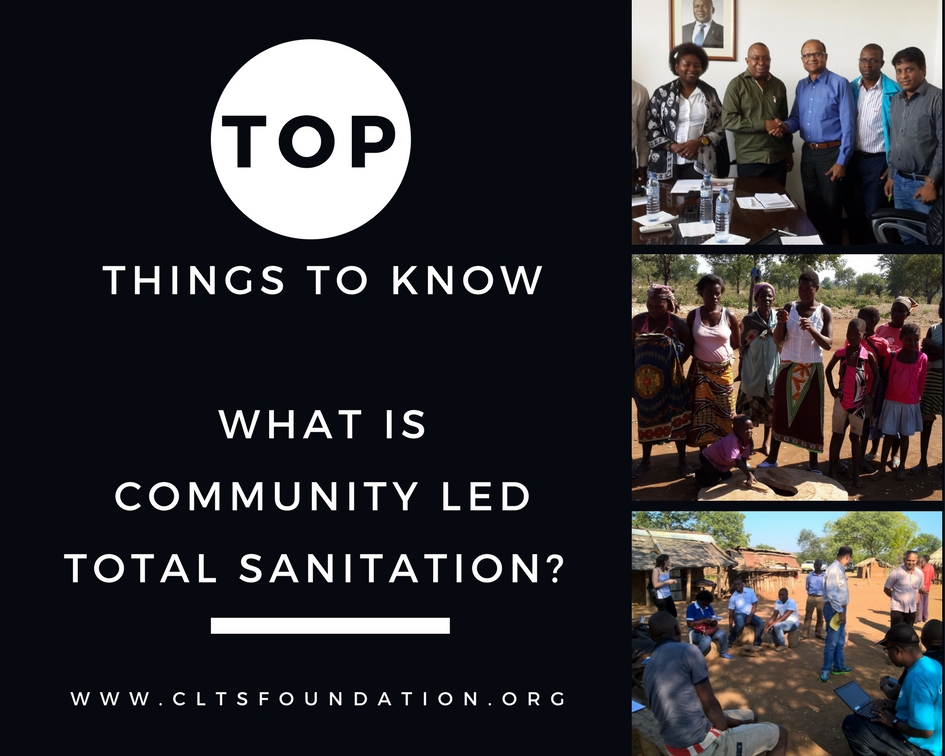
What is Community Led Total Sanitation CLTS. Creatives by Amit Sengupta/CLTS Foundation
What exactly is Community Led Total Sanitation (CLTS)?
CLTS means Community Led Total Sanitation that mobilises communities to completely eliminate open defecation. They are facilitated to conduct their own appraisal and analysis and take their own action to become open defecation-free. CLTS aims at behavioural change and invests in community mobilisation instead of hardware, thereby shifting focus from toilet construction for individual households to creation of open defecation-free villages.
CLTS is a time-tested process that has successfully transformed policy thinking and action from toilet construction to the process of collective hygiene behaviour change in more than 65 countries throughout Asia, Africa and Latin America, giving over 40 million people an opportunity to spontaneously stop open defecation (OD) and live in an open defecation free (ODF) environment. (Source)
Watch these videos on CLTS:
What is Community-Led Total Sanitation and how does it work? – Interview with Kamal Kar – By WSSCC
https://www.youtube.com/watch?v=fEY7zaUp7BI
The BMJ – Medical innovations: Shit matters
https://www.youtube.com/watch?v=_NSwL1TCaoY
How exactly does the community bring about change in itself?
The goal of ODF is achieved through mobilising the community. As a result, community members use their own initiative to build latrines. CLTS does not identify standards or designs for latrines, but encourages local creativeness. This leads to greater ownership, affordability and therefore sustainability. A very important concept which is borne out in CLTS is that community members gradually climb the ‘sanitation ladder’, improving their latrines over time, according to their increased understanding of the functionality of latrines, the benefits they have experienced from using them, and the resources they are able to commit. (Source)
Importance of local empowerment is vital in Community Led Total Sanitation (CLTS)
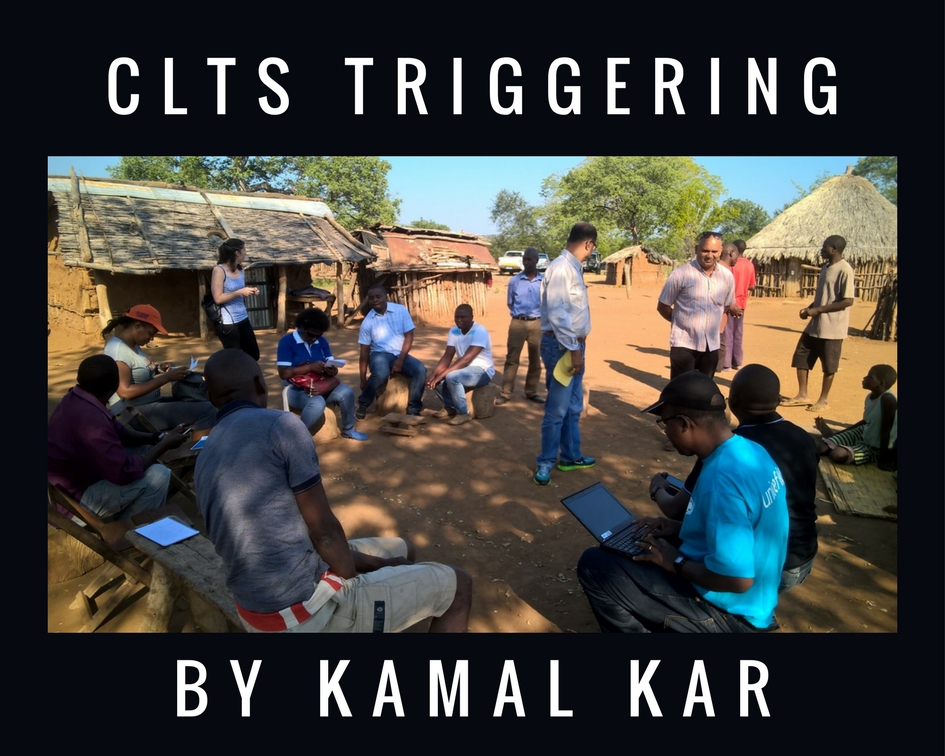
Chairman of CLTS Foundation and Pioneer of CLTS – Kamal Kar, during a CLTS Triggering in a village in Africa. Photo: CLTS Foundation
Each community finds its own method. It is about local initiative. So every CLTS intervention would be unique. The villagers are brought together and asked to show the dirtiest place in the area and also spot places they use for defecation. It is a sort of walk of shame. Then they are often shown a glass of water in which a blade of grass with faeces is dipped. They are asked if they can use it. They are then told how flies do the same thing to water bodies and food consumed by the villagers and how they are continuously consuming excreta. It is a change in mindset through shock and surprise. Once that is done, they don’t wait for subsidies to start using a toilet.
What is the origin of Community Led Total Sanitation (CLTS) and when did it begin?
CLTS was pioneered in Bangladesh by Kamal Kar (founder chairman of CLTS Foundation) while he was evaluating an NGO’s traditional subsidised sanitation programme in 1999-2000. They wanted to convince the NGO to stop subsidising toilet construction, because subsidies in the past had not led to community ownership and toilet usage. Instead, they suggested that the NGO should encourage people to help themselves. The CLTS process they developed spread fast within Bangladesh among both Bangladeshi and international NGOs. At the heart of the CLTS approach is a shift away from subsidising toilet construction for individual households and towards changing the attitudes and behaviour of the whole community in order to stop OD. If whole communities choose to go ODF, then every community member benefits, since the entire environment becomes cleaner. If only a few people remain entrenched in their practice of OD, then the whole community remains at some level of risk.
Watch these videos on CLTS in Bangladesh:
Community Led Total Sanitation in Bangladesh Part 3 of 3
https://www.youtube.com/watch?v=kzEpqIRNzOw
Community Led Total Sanitation in Bangladesh Part 2 of 3
https://www.youtube.com/watch?v=ex-7T0voXBg
Community Led Total Sanitation in Bangladesh Part 1 of 3
https://www.youtube.com/watch?v=SmghnAfBONk
Facilitating, and not instructing the community is one of the correct methodologies of CLTS
The facilitator’s job during CLTS triggering is not to convince the community to stop Open Defecation and start constructing toilets. Instead, it is to assist the community in analysing the local sanitation situation. This generally triggers a sense of disgust and embarrassment and motivates the community to stop OD. It is important that the facilitator does not preach or tell people what to do, but instead asks simple questions to draw their attention to the issues.
Throughout the process, community members are encouraged to use local terms to describe faeces rather than the polite terms, in order to break the taboos surrounding sanitation.
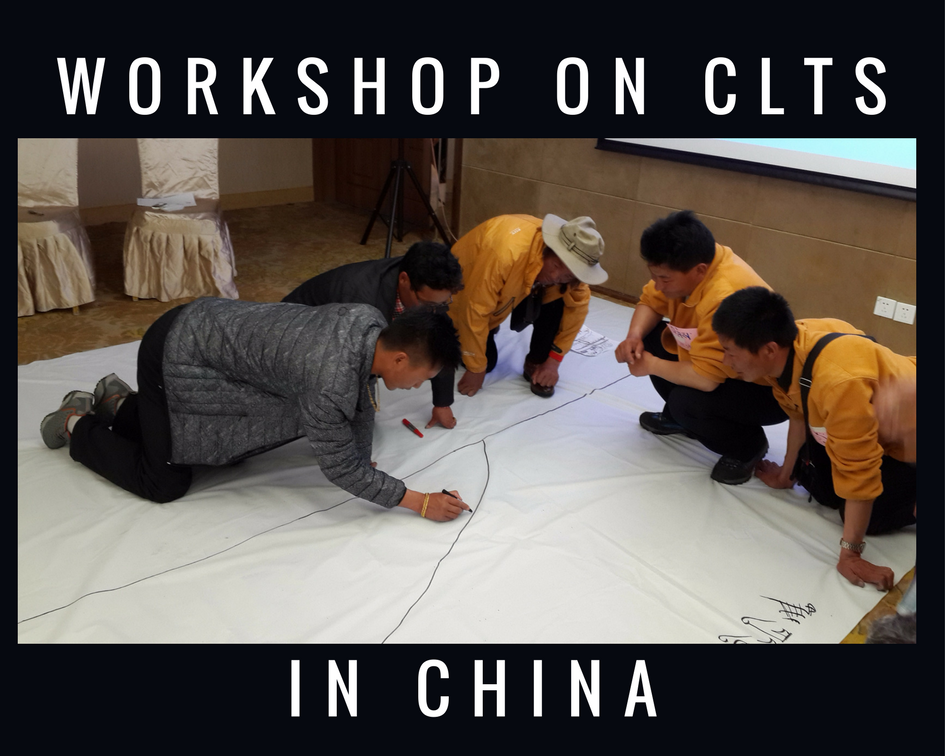
What is Community Led Total Sanitation CLTS
How many people are living in Open Defecation Free environment due to CLTS?
Globally, 40 million people are living in Open Defecation Free environment as a result of implementation of Community Led Total Sanitation (CLTS). According to Kamal Kar: “It has spread to more than 69 countries across Asia, Africa and Latin America where more than 40 million people are now living in open defecation free (ODF) environments. CLTS has also been mainstreamed in the sanitation policies of more than 25 countries in these regions.” Source
Why is the health aspect under Community Led Total Sanitation (CLTS) not highlighted?
Unfortunately sanitation does not come under the Ministry of Health in countries like India. Otherwise, it could have rewarded states with reduced cases of cholera and stunting.
Challenges of scaling up CLTS with quality
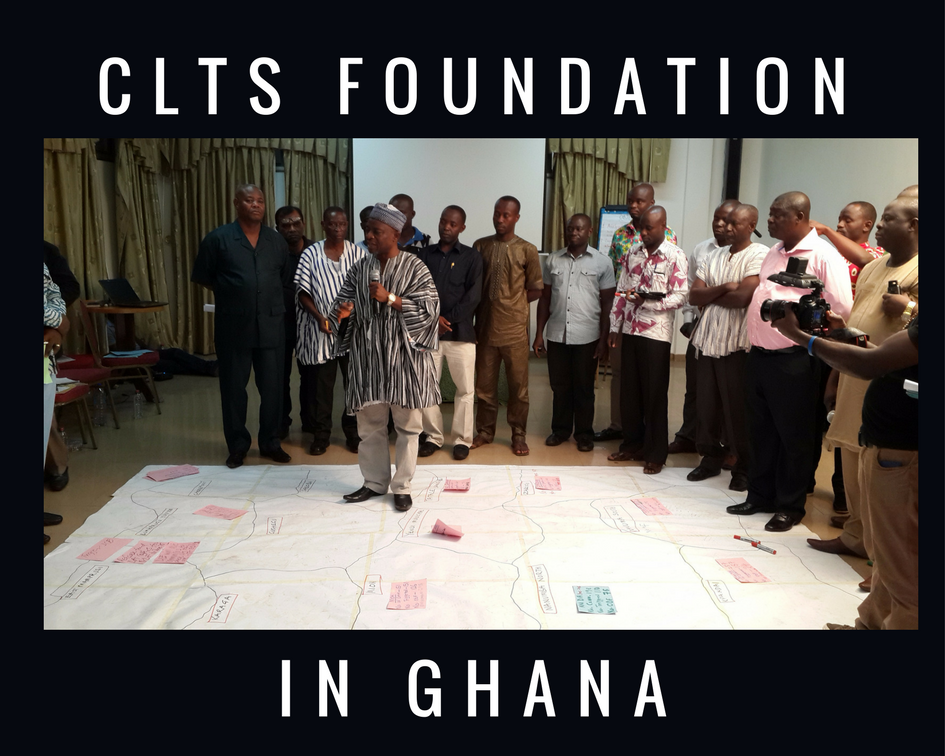
What is Community Led Total Sanitation CLTS
The process of rapid scaling-up has however come with its own set of challenges. The poor quality of CLTS facilitation and gaps in ODF verification and certification is reflected in the lack of ODF sustainability. In the rush to achieve the numbers, many agencies have reduced CLTS to a bunch of triggering tools, compromising the very ethos upon which CLTS is conceptualised. In other words, CLTS is an outcome-focused approach, the success of which is reflected in the long-term sustained improvement in human health, triggered through a series of local actions by an empowered community. Effective implementation of CLTS therefore demands an in-depth understanding of the socio-political and behavioural processes involved in triggering and sustaining collective behaviour change which results in an improved health outcome for all, which is often missing in most CLTS implementation programmes.
Read: Kamal Kar: Can Uttar Pradesh unleash the untapped potential of CLTS in India?
Read: Kamal Kar: The struggle to overcome sanitation subsidy monster in India
Not just in rural, CLTS is also rolled out in urban and peri-urban areas
Escalating challenges of urban sanitation call for urgent strategic action. The CLTS experience in urban and peri-urban towns and municipalities in Asia (Kalyani Municipality in West Bengal, India and Gularia Municipality in Nepal) and Africa, though limited, have taught us that it is important for elected people’s representatives managing the municipalities and city corporations to deeply understand the realities of poor migrants and slum dwellers, and to involve them in collective decision-making processes for improved basic facilities through pro-poor governance. This calls for strong political will and positive institutional attitudes towards people who are otherwise seen as illegal or unauthorised inhabitants of a city. Unlike in rural areas, there is also a need for strong partnerships together with local municipalities to deal with waste issues. Furthermore, issues of shrinking spaces and escalating land prices, coupled with providing subsidies, throw up related and important challenges that need to be addressed seriously for sustainable sanitation.
Compiled by Amit Sengupta, India Communications Manager, CLTS Foundation
If you loved this blog, give it a shoutout by sharing it with your friends and colleagues and your wider network. If you want us to include more questions on and around Community Led Total Sanitation (CLTS), let us know in the comments below or write to amit@cltsfoundation.org. We would be happy to respond to those and incorporate your queries on this blog.

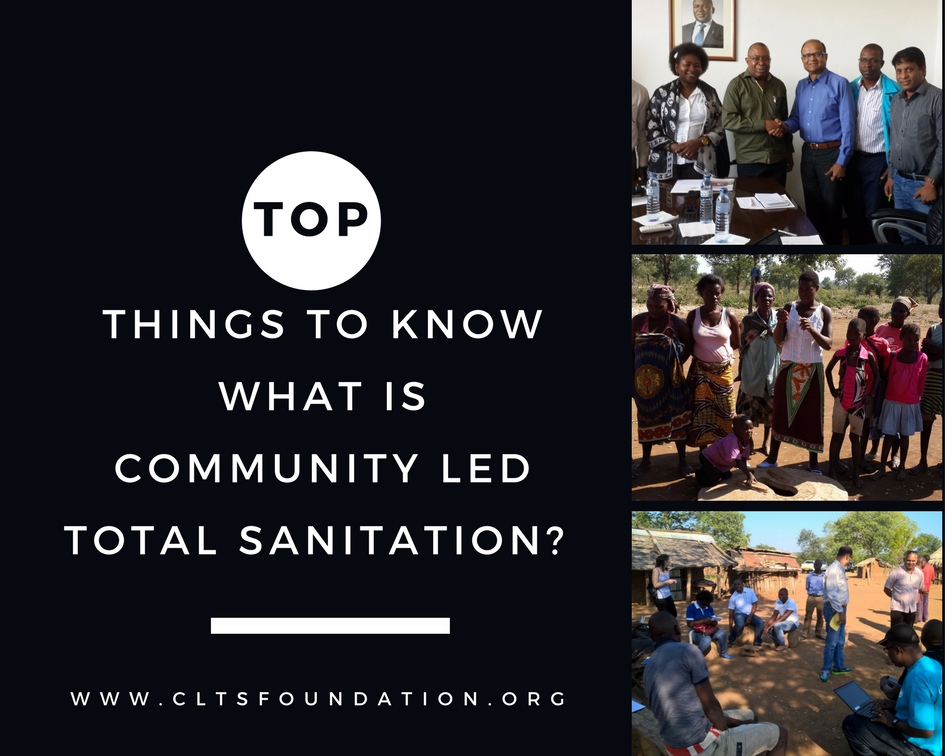
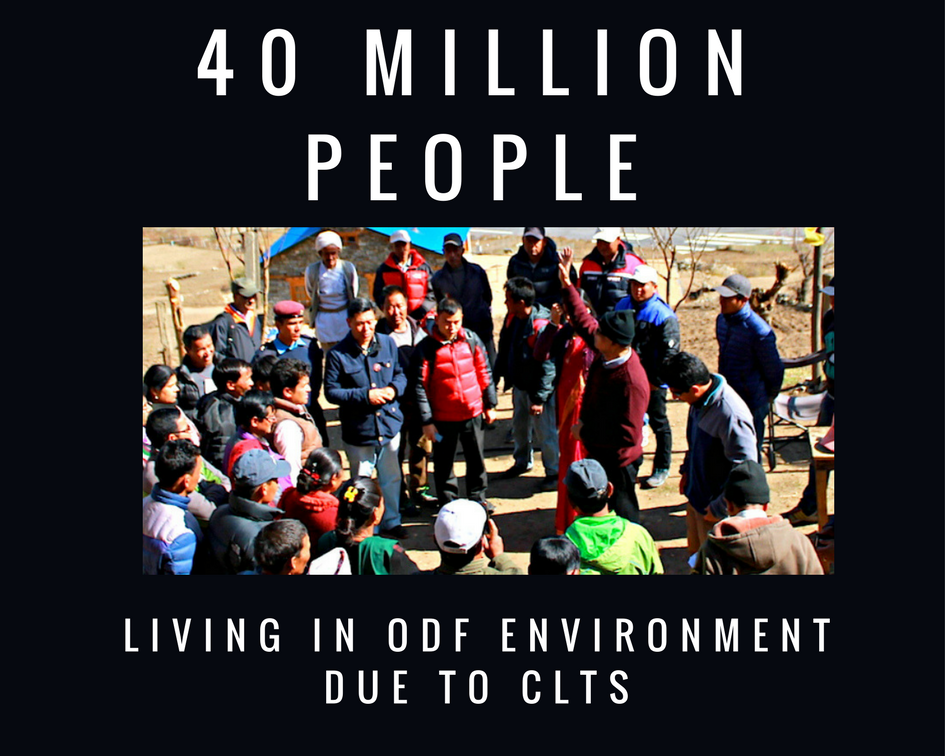
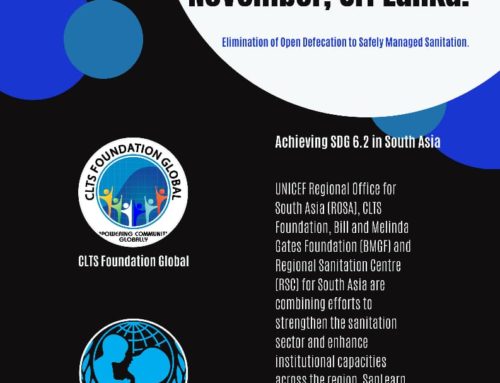

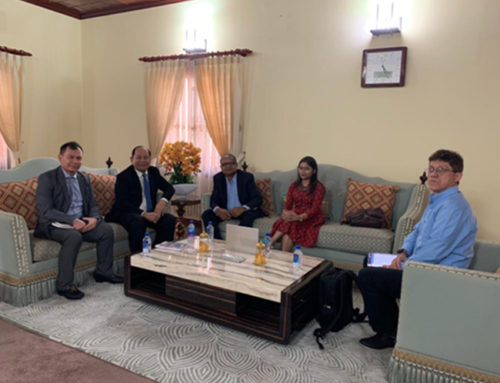
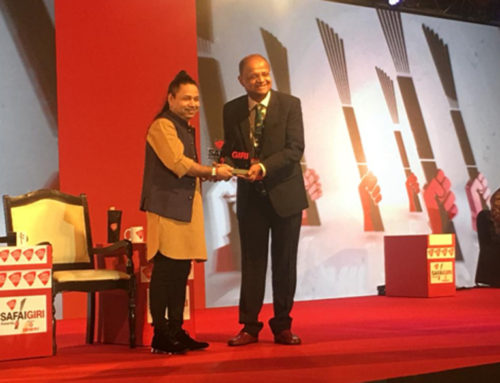

Leave A Comment